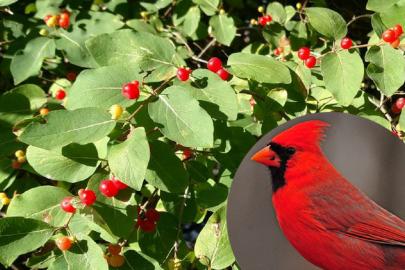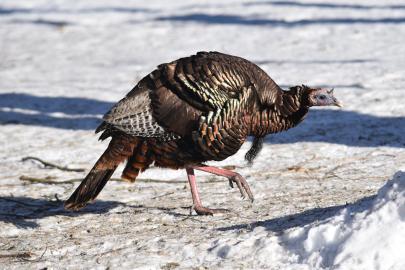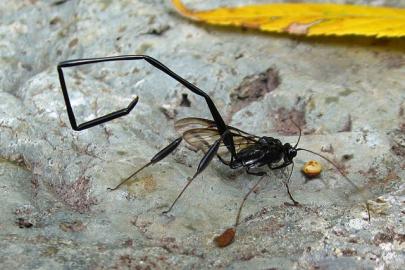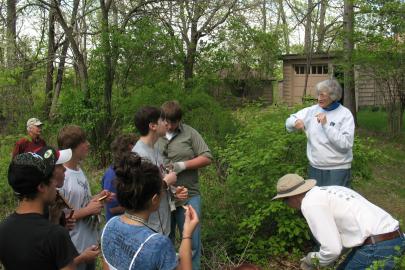Stay current
Get river news, FMR updates and event calendars twice a month.
update

update

article
Bill Clinton was President, Arne Carlson was Minnesota’s governor, Michael Jordan led the Chicago Bulls to a sixth NBA championship and Google was founded in a California garage, but the big news in 1998 was that Tom Lewanski was hired as FMR's first conservation director. After more than 19 years of outstanding service to FMR and our great river — having protected or restored 2,800 acres of prairie, forest, wetlands and other natural areas — Tom is leaving.
Read more
article
Ever wonder what keeps FMR ecologists up at night? Buckthorn and crown vetch may have pretty glossy leaves or flowers, but for anyone who cares about wildlife, they're a serious threat to forest and prairie habitat in the metro river corridor.
Join FMR ecologist Alex Roth for a walk through our most common invasives: buckthorn, bush honeysuckle, garlic mustard, burdock, spotted knapweed and crown vetch. Along the way, you'll learn why they matter and how to identify and remove them in your own back yard. All in two minutes!
Thank you Tom Reiter and Will Stock for creating this wonderful video!
Read moreupdate
Of the 18,000 species of ants, bees and wasps in North America, the pelecinid wasp is among the most interesting. This insect is so unusual it shares its family (Pelecinidae) with just three other species in the world, with no others in North America. But don't worry, that 'stinger' isn't what it looks like. >>
Read more

Get river news, FMR updates and event calendars twice a month.
Receive FMR's biweekly email newsletter, Mississippi Messages Sign up